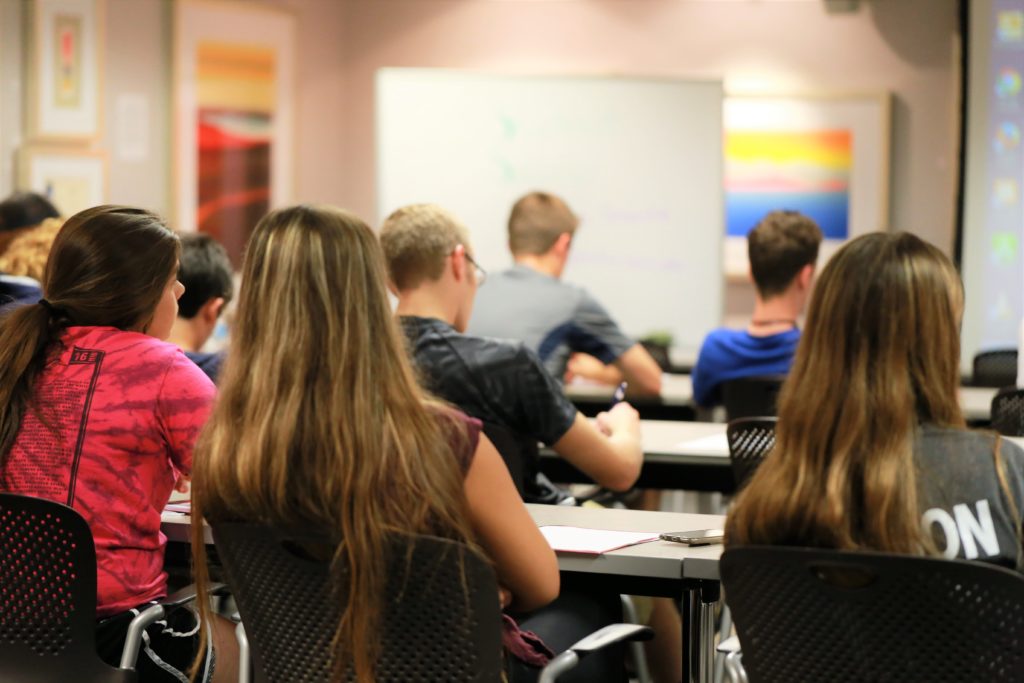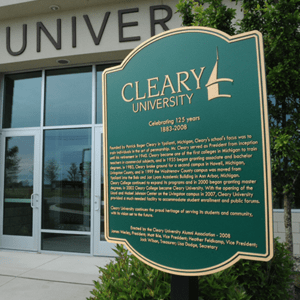When the phrase “college student” comes to mind, most people picture an 18-year-old recent high school graduate seeking to learn more, build skills for a career and have a lot of fun away from home.

Today, however, and especially at Cleary University, we have a campus that combines the traditional student as described above with “non-traditional” students – who run the gamut from people who didn’t begin their higher learning journey until their 20s or 30s to people who may have even dropped out, stalled or otherwise felt like they got waylaid on the educational path early on.
Photo by Priscilla Du Preez on Unsplash
In fact, across the United States, more than one-third of college students are older than 25, with an increasing number doing their learning in virtual or remote situations, skipping the campus experience altogether. Almost 3 million students are enrolled exclusively in online courses, with an equal number taking at least one class online.
The National Center for Education Statistics defines the non-traditional student as having even one of these characteristics:
- Attends college part-time
- Works full-time while in school
- Delayed enrollment into postsecondary education
- Is recognized as financially independent for financial aid purposes
- Has dependents other than a spouse
- Is a single parent
- Passed a GED exam or earned a certificate of high school completion instead of a standard high school diploma
At Cleary, we are proud of the mix of students on our campus and in our classrooms. That’s because no matter how they got here, each student brings a world of experiences to classroom discussions, to their relationships at Cleary, and to their future career paths. This makes for a much richer and well-rounded world.
Students say they appreciate the opportunity to meet peers who may have followed different paths. Once they’re seated in a classroom together, or cheering from the Lake Trust Stadium stands all for the same team, differences in age or journey melt away and they bond over shared goals and visions.
Students say they appreciate the opportunity to meet peers who may have followed different paths. Once they’re seated in a classroom together, or cheering from the Lake Trust Stadium stands all for the same team, differences in age or journey melt away and they bond over shared goals and visions.
That’s what makes a university education so valuable: the variety of experiences, life lessons and people who enrich and enlarge our campus communities perspective of the world.

“The combination of non-traditional and traditional students creates a unique learning opportunity on a college campus. Traditional students beginning their journey are discovering who they are as leaders and can share their views on how they see the world. Non-traditional students can share their experience on how the world currently operates.
Each group benefits from each other. The non-traditional students learn to embrace and connect with the next generation, and the traditional student learns how to appreciate and benefit from their experience. Both are prepared to navigate the changes for a 21st century multicultural workplace.”
Regina Banks-Hall, Dean of Graduate Studies at Cleary University.



